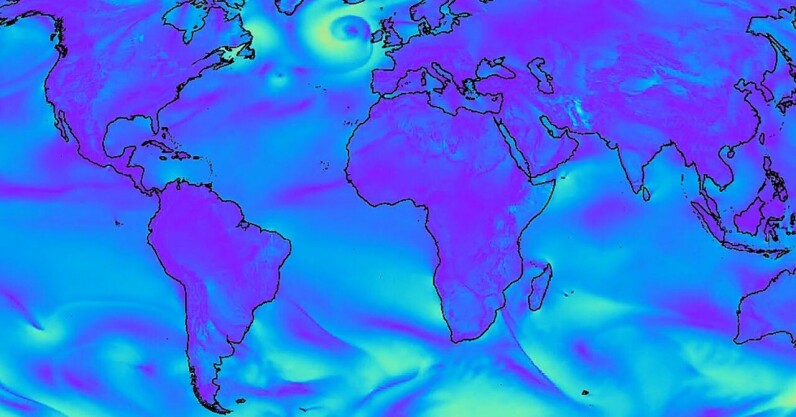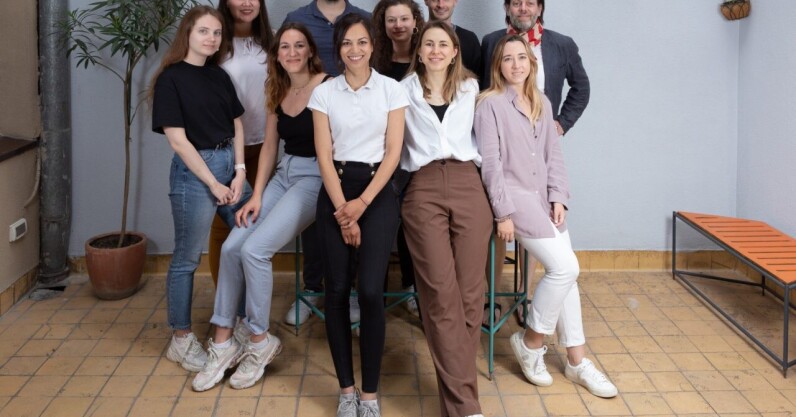World-first CRISPR gene-editing therapy approved in UK

The UK has become the first country in the world to approve CRISPR gene-editing therapy. The landmark biotech decision involves the treatment of two specific blood dieseases, but also opens the door for the use of the technology in treating many other genetic disorders.
Regulators approved the use of CRISPR for the treatment of inherited diseases sickle-cell anaemia and β-thalassaemia on Thursday. The former affects the shape of red blood cells of 20 million people worldwide and can cause debilitating pain.
People with the latter need to receive regular blood transfusions to counteract a reduced production of haemoglobin, which in turn reduces levels of oxygen in the body. About 80 to 90 million people carry some version of β-thalassaemia worldwide.
CRISPR stands for Clustered Regularly Interspaced Short Palindromic Repeats. These are repetitive DNA sequences in the genomes of organisms such as bacteria. The bacteria transcribe these double stranded DNA elements to single-stranded RNA upon a viral infection. This then guides what is called a nuclease — a protein that “cuts” DNA — to the viral DNA to protect the bacteria.
CRISPR therapy is like precise genetic surgery. Doctors can perform it inside the body by injecting a guide RNA system that matches what is going wrong in the DNA code. This system carries the protein that acts like scissors (Cas9) and cuts out the faulty bit of code. The cell can then rewrite the code as it fixes the cut. The “surgery” can also happen outside of the body, where doctors edit the cells first and then put them back.
Company founded by Nobel Prize winner

The <3 of EU tech
The latest rumblings from the EU tech scene, a story from our wise ol’ founder Boris, and some questionable AI art. It’s free, every week, in your inbox. Sign up now!
The approval from the Medicines and Healthcare products Regulatory Agency (MHRA) follows promising results from a clinical trial developed by Vertex Pharmaceuticals in Boston, Massachusetts, and CRISPR Therapeutics in Zug, Switzerland. CRISPR Therapeutics was co-founded by Emanuelle Charpentier, who won the Nobel Prize in chemistry in 2020 for repurposing CRISPR into the tool for gene editing.
The specific product from the trials is Casgevy. While the treatment itself is a one-off, patients may need to spend some time in the hospital for related procedures, such as preparing the bone marrow to receive the edited cells.
“Patients may need to spend at least a month in a hospital facility while the treated cells take up residence in the bone marrow and start to make red blood cells with the stable form of haemoglobin,” the MHRA said in a statement.
The companies behind Casgevy have yet to disclose the price of the therapy. However, it will most likely be somewhere between $1mn and $2mn, something that will naturally limit accessibility. The European Medicines Agency (EMA) is reportedly also reviewing the treatment for both diseases.
Get the TNW newsletter
Get the most important tech news in your inbox each week.
Also tagged with
World-first CRISPR gene-editing therapy approved in UK Read More »








